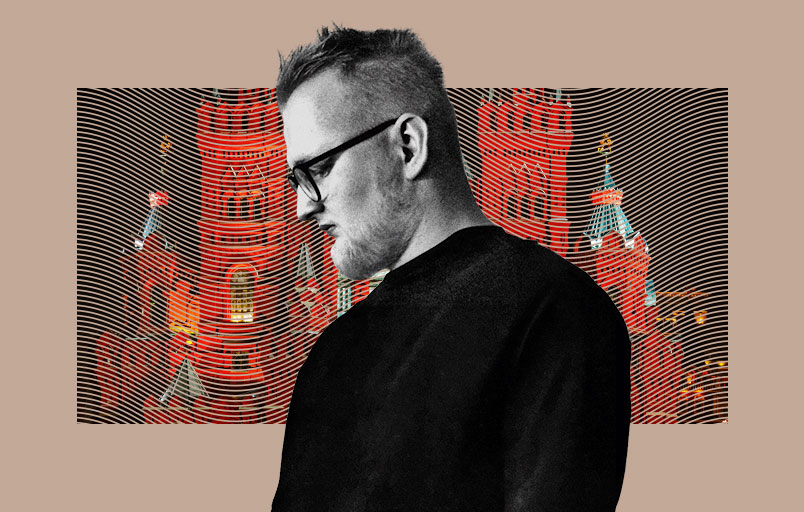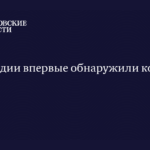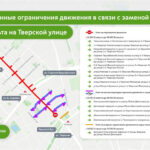Russia has always attracted significant interest from the West. And as we know, where there is interest, there is an opportunity to earn money. While a full-fledged tourism industry in Russia began developing seriously in the 21st century, a decent business catering to foreign tourists existed even before the revolution. Let’s explore what that looked like.
The Emergence of the “Tourist” in Russia
Foreigners began visiting Russia around the 10th century. These were primarily merchants, missionaries, and diplomats. Later came ambassadors, wandering monks, and simply fortune seekers. One of the earliest tourists in Russia was Ibn Fadlan, an Arab who vividly described the customs of the Rus people in his writings: how they bathed, what they wore, and how they buried their dead.
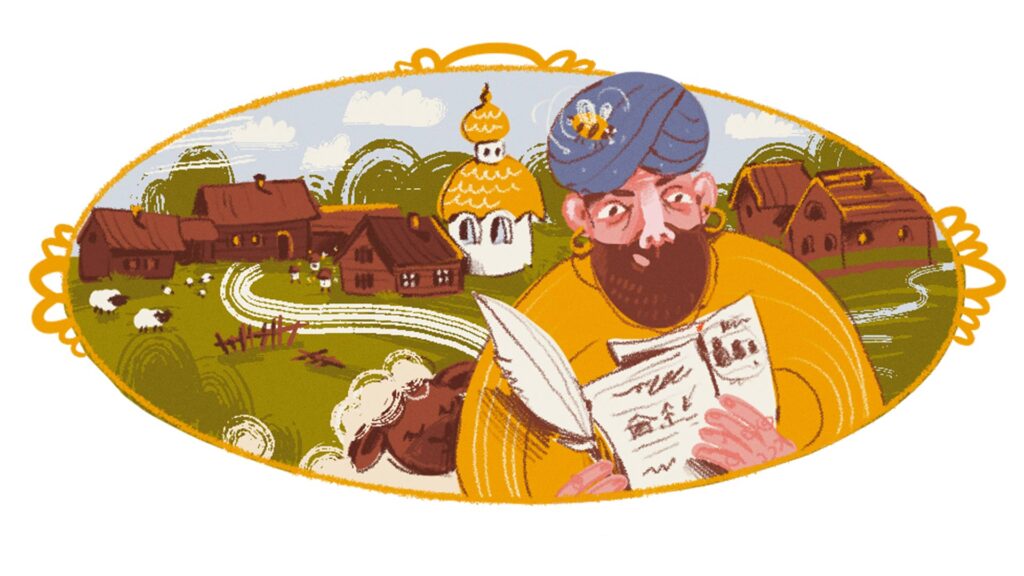
During the 16th and 17th centuries, the flow of foreigners wanting to see Russian lands increased. Italians, Dutch, and English came to Moscow in crowds. Some worked as architects, others as gunsmiths, and others as doctors.
These “Germans” gradually saw not only Moscow but also the Volga region, Siberia, and the Urals. However, these were typically business trips to serve the tsars and earn wealth or titles.
The Russian word “tourist” came from English at the end of the 18th century. The English, in turn, borrowed it from the French – “tour” means a trip, a circuit. Initially, “tourists” referred to young gentlemen sent by their families on the “Grand Tour” – a major European journey. It was believed this would help instill taste in aristocrats, teach them good manners, and broaden their horizons.
The Grand Tour lasted for months, sometimes even years. Young men traveled to Paris, Rome, Florence, sometimes visiting Vienna and Berlin. They acquainted themselves with the heritage of ancient Rome and Greece, the Holy Roman Empire, and other powers. These young lions from Albion were accompanied by a tutor, sometimes a valet, and sometimes a teacher.
In Russia, the word “tourist” began to be used in the mid-19th century, initially as an ironic borrowing. Newspaper mentions like “a tourist arriving from London” often appeared with a smirk.
Russians Abroad and Foreigners in Russia
But Russians themselves actively traveled across Europe. Guidebooks were published to assist them. Pocket editions offered readers the chance to learn about the sights and life of foreign countries “with the least expenditure of time and money, and without the help of all sorts of guides, conductors, and similar persons”. The target audience consisted of people with “moderate means”, as well as those who were “usually limited in time”.
The first guidebook for Russia itself was published in the 18th century, in the 1740s. The guidebook was titled “Chambers of the St. Petersburg Imperial Academy of Sciences, Library and Kunstkamera with a brief description of all the artistic items housed there, composed for enthusiasts wishing to view these items”.
In the second half of the 19th century, Russia gradually acquired its own tourist centers. The Caucasus – with its mountains, waters, and clean air – became a favorite destination for those wanting to improve their health or simply change their surroundings, even despite the recently concluded Caucasian War with the mountain peoples. Pyatigorsk, Kislovodsk, Yessentuki – these were not just mineral water resorts but also places for social gatherings, polite conversation, concerts, and romantic adventures. The Caucasus was written about, painted, dreamed of, and featured in poetry. The local cuisine and landscapes impressed even the jaded guests from the capital.
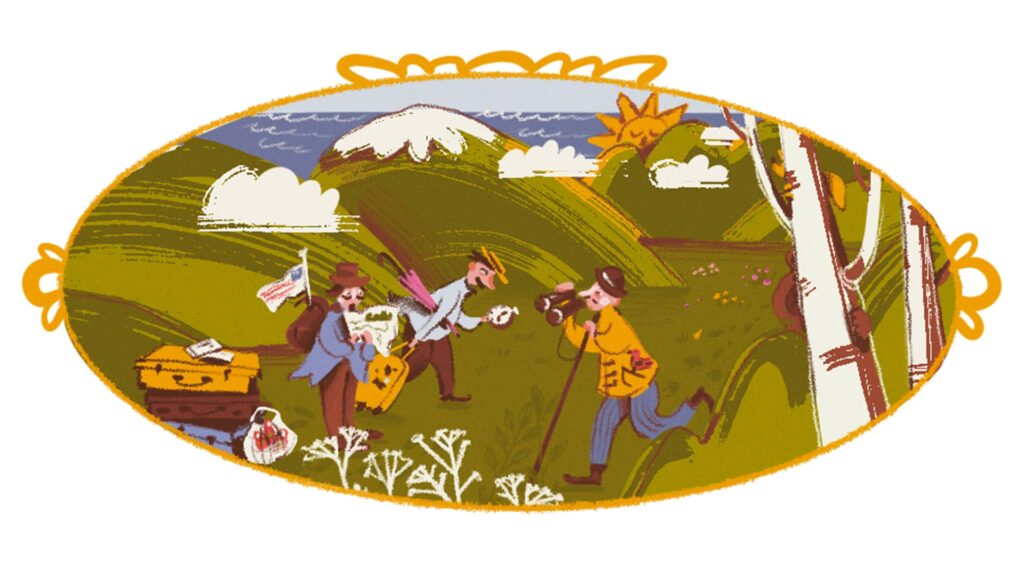
Foreign tourists also came to meet Russian writers. A newspaper in 1901 described a case: “Our famous writer Count L.N. Tolstoy was recently visited by American tourists who came to him, as they themselves expressed it, ‘to see and shake the hand of the great Russian genius'”. There were about 15 tourists in total. L.N. received the representatives of the New World very cordially. The audience, however, lasted

